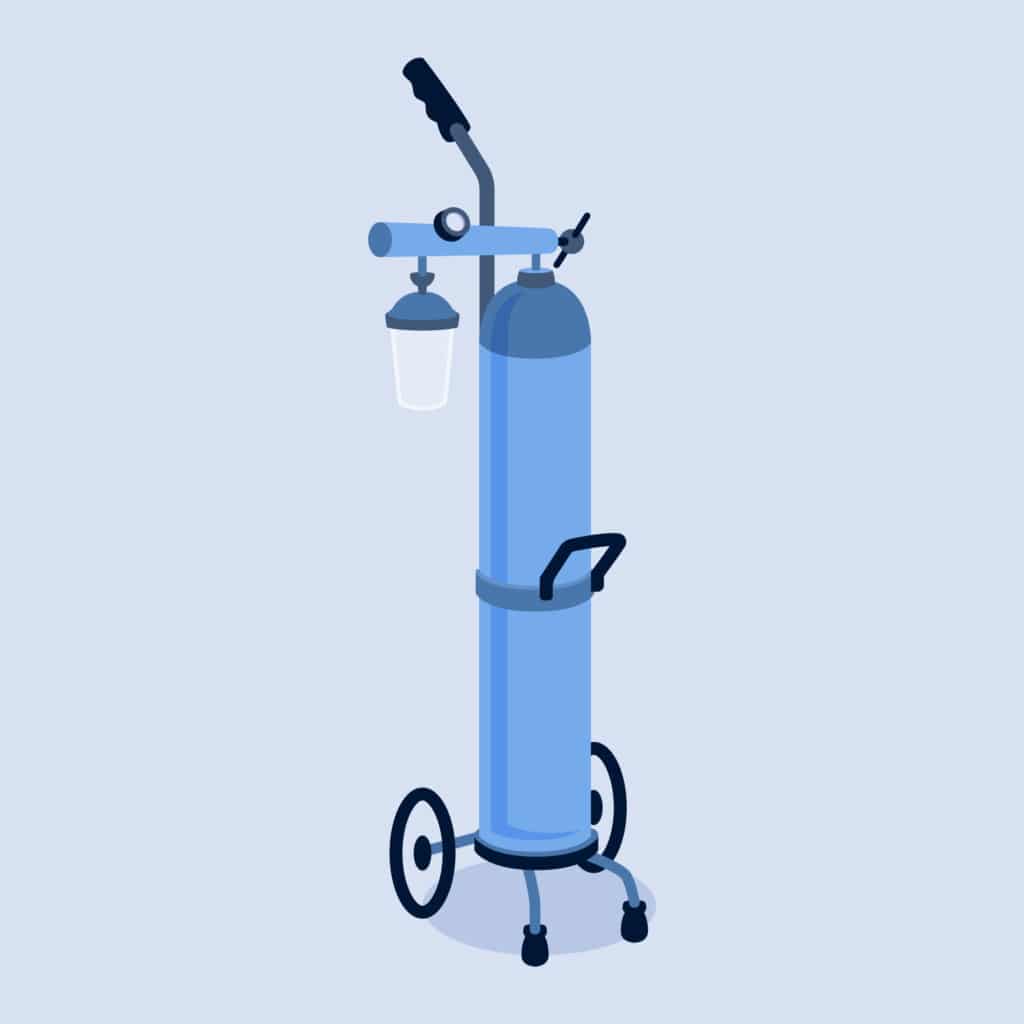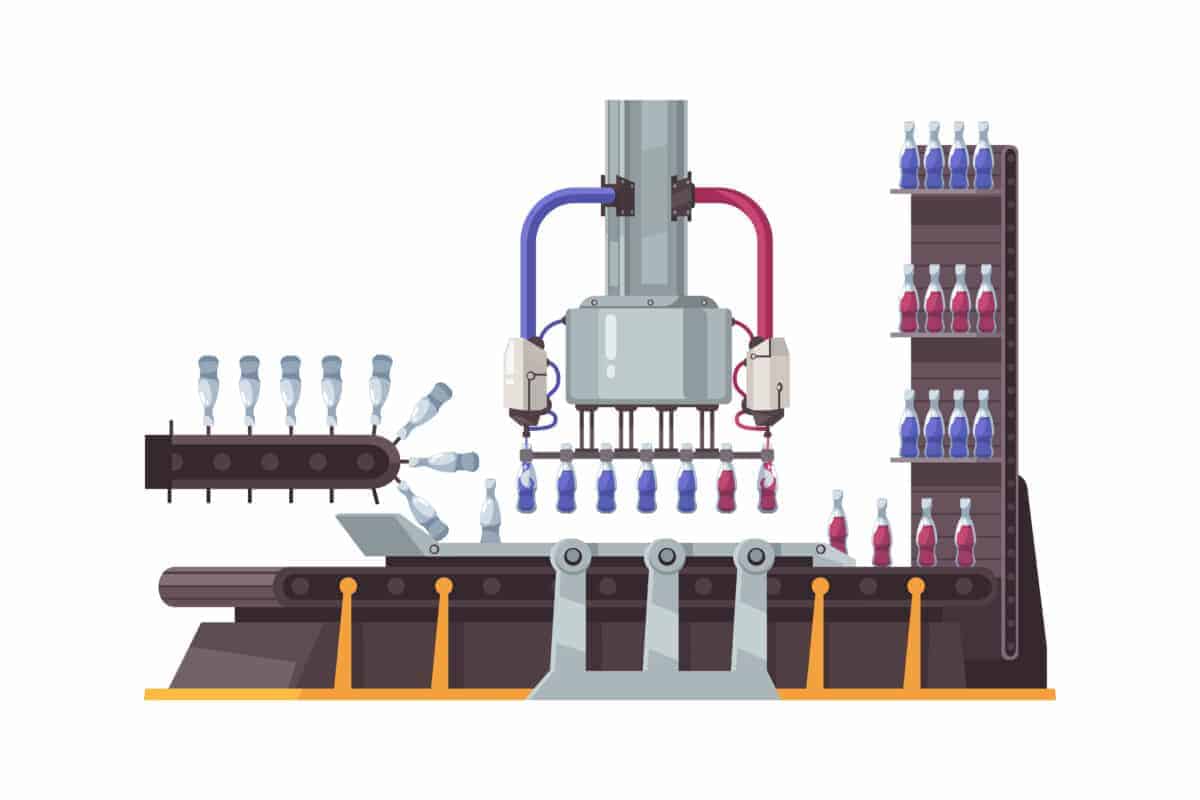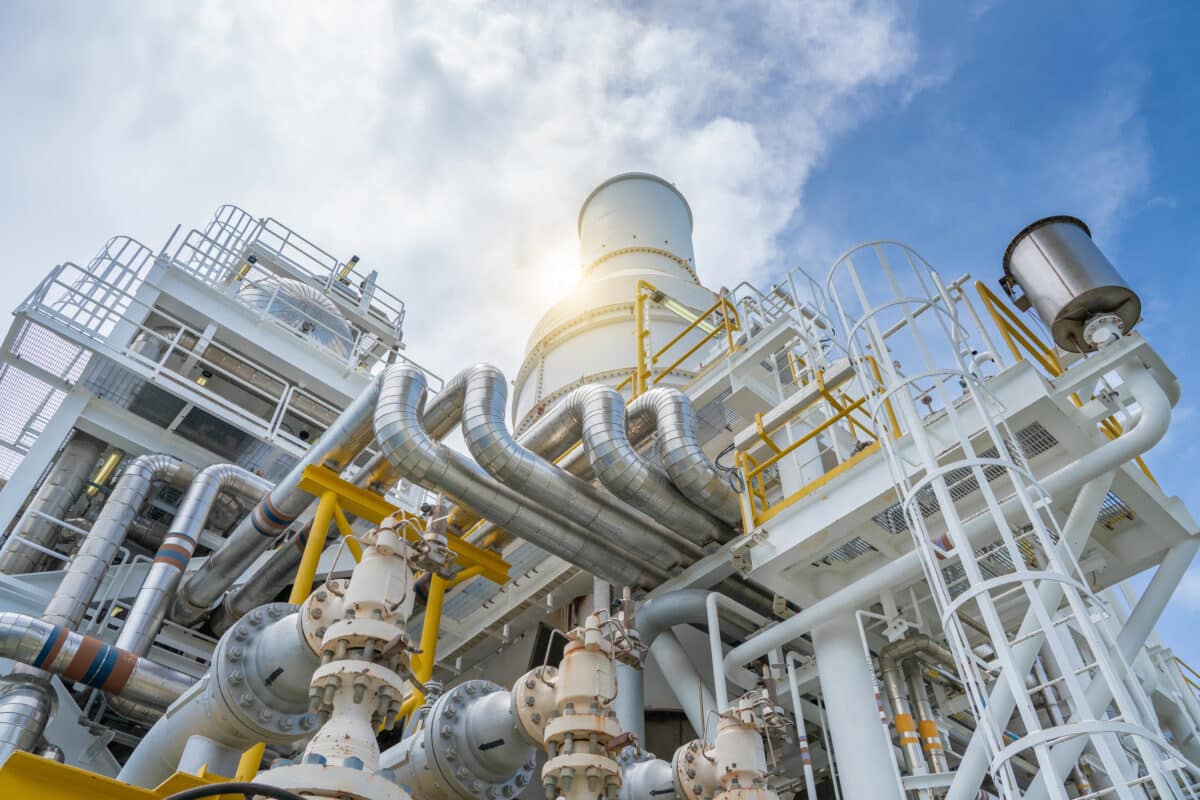
For a number of applications, air ejectors and level switches need to be regularly checked and maintained in order to provide optimal performance. This can be a tedious process but if the proper steps are taken, it will help ensure that the equipment is working efficiently and accurately.
We will take explain how to work with and maintain air ejectors, pressure switches, and level switches so that you can ensure your operations continue smoothly. From understanding their functioning systems to checking for any issues that may arise, this blog post will have plenty of information on these three core components of an operational site.
Different types of air ejectors, pressure switches, and level switches
Air ejectors, pressure switches, and level switch all play an important role in the performance of any system.
- An air ejector is a device with a valve inside used to spray compressed air for clearing debris or objects from areas that are hard to reach by hand.
- Pressure switches are typically used as automation tools to monitor and control a system’s pressure levels. They can be used in virtually any setting, including applications such as conveying, measuring fluids levels and controlling water pumps.
- Lastly, level switches are designed to detect variations in the liquid or solid level within a specific container. These types of switches are often used industrially for tasks ranging from maintaining temperature settings to controlling alarm activation points when raising or lowering water levels occur.
No matter what type you need for your system, having the right part makes all the difference for optimal performance.
How to install an air ejector, pressure switch and level switch
Installing an air ejector, pressure switch, or level switch can be tricky and should only be done by a professional.
When installing an air ejector, make sure that the outlet is below the valve so that any debris will not enter it. Additionally, all connections must be tight to prevent air from leaking. If a sealant is needed, make sure to use one that is resistant to the chemicals and temperature of your system while also ensuring that any clamps are properly secured.
When installing a pressure switch or level switch, it’s important to ensure that the connection points are free from debris and properly aligned with each other. It’s also important to make sure the switch is securely mounted and calibrated correctly. And lastly, all connection points must be properly sealed to prevent any unwanted leakage from occurring.
Maintaining your air ejector, pressure switch, and level switch
Regular maintenance is essential for keeping your equipment running smoothly and avoiding costly repairs or replacements down the line.
For air ejectors, it’s always important to check for any blockages or leaks before operating the device. Additionally, ensure that all connections are tight and sealed properly. If any debris does enter the system, it is important to remove them as soon as possible to prevent further damage.
For pressure switches and level switches, you should regularly check for any signs of wear and tear and make sure all connections are properly sealed to prevent leakage or corrosion. Lastly, it is important to keep the switch clean by periodically dusting off any dust or debris.
Safety precautions to be taken while carrying out the installation process
Installing a new technological device or system can be a tricky process, and it’s important to ensure that each part of the device is working correctly and safely. To make sure that everything goes according to plan while installing, take steps to familiarize yourself with the components, study how they work together and observe any safety warnings that may apply during installation. Keep an eye out for any unique instructions specific to the device you’re installing, as this can make all of the difference in terms of its performance. Taking precautions doesn’t have to detract from a successful install; it sets you up for success and provides an extra layer of assurance.
To conclude, air ejectors, pressure switches, and level switches are all important pieces to managing pressure and levels in a safe environment. It’s important to remember that there are several types of each component that should be chosen wisely depending on the installation or need. Installation is not exceedingly difficult if taken one step at a time but anyone undertaking this task should make sure they are mindful of safety protocols while doing so. Regular maintenance is an essential upkeep practice and must be conducted with attention to detail. With these tips in mind, a successful installation process and continual use of air ejectors, pressure switches, and level switches can be carried out safely and efficiently for many years!
Get in touch with us
Related Posts

Understand the Working Principle of a Steam Ejector or Injector System

How Steam Ejectors Work: The Ultimate Guide
About Us

Croll Reynolds Company, Inc. is a US-based engineering firm specializing in the design, and manufacture of process vacuum systems and related equipment.
